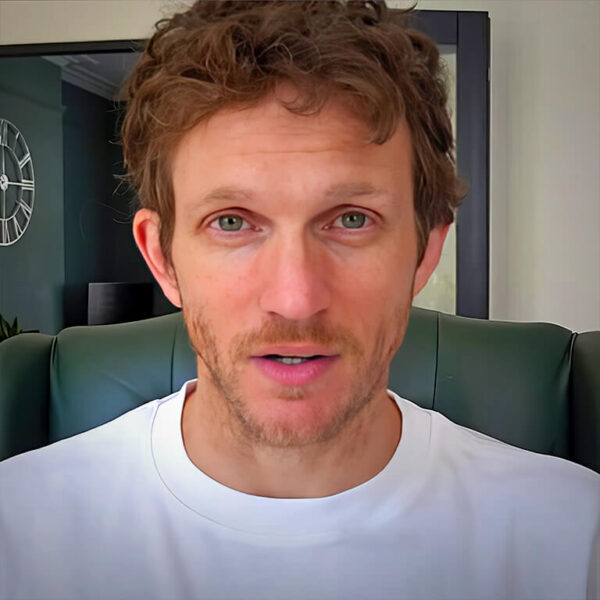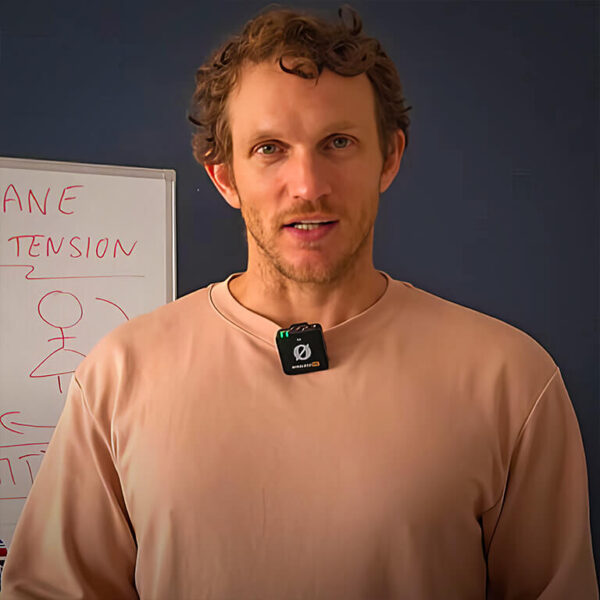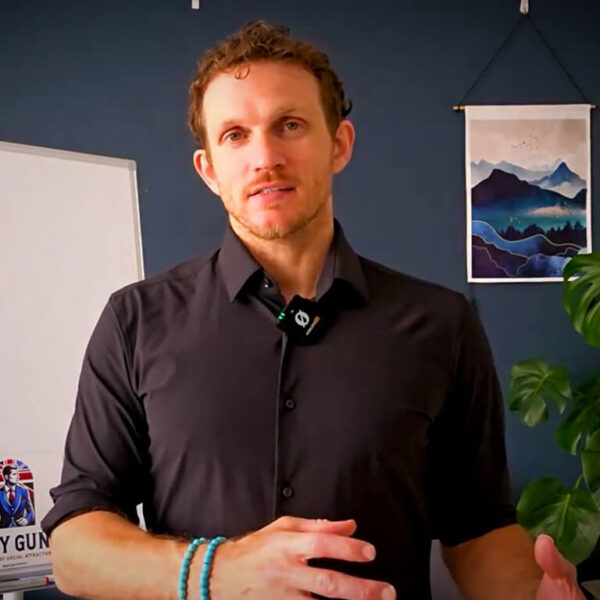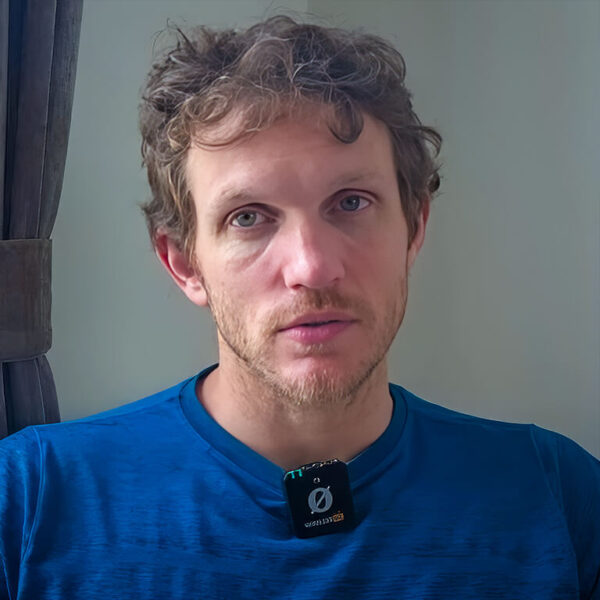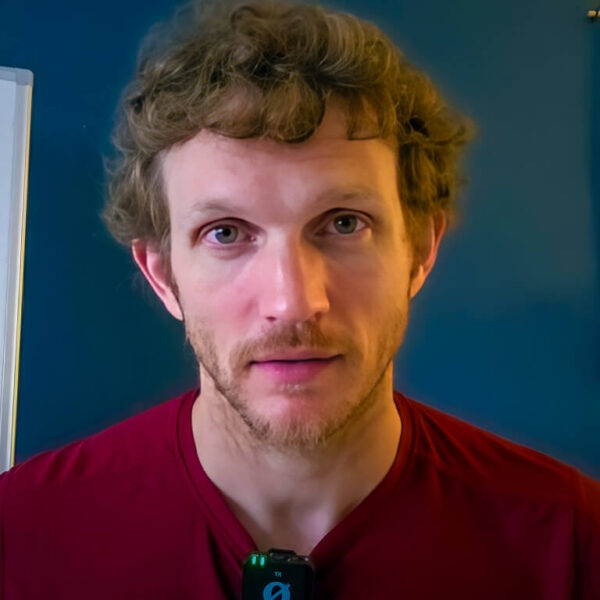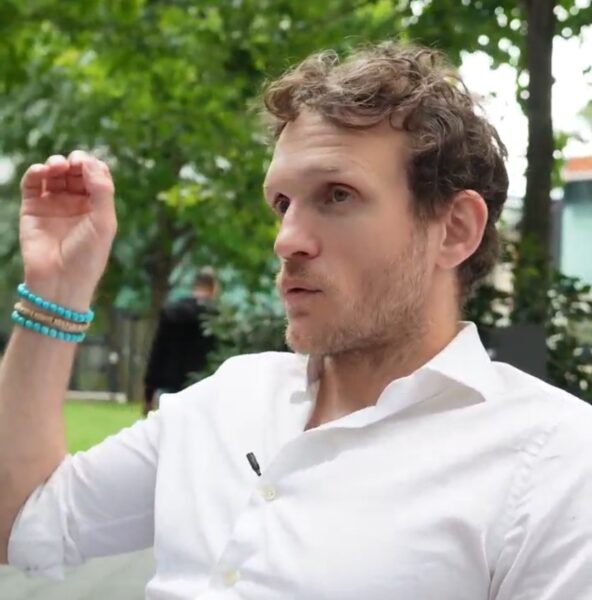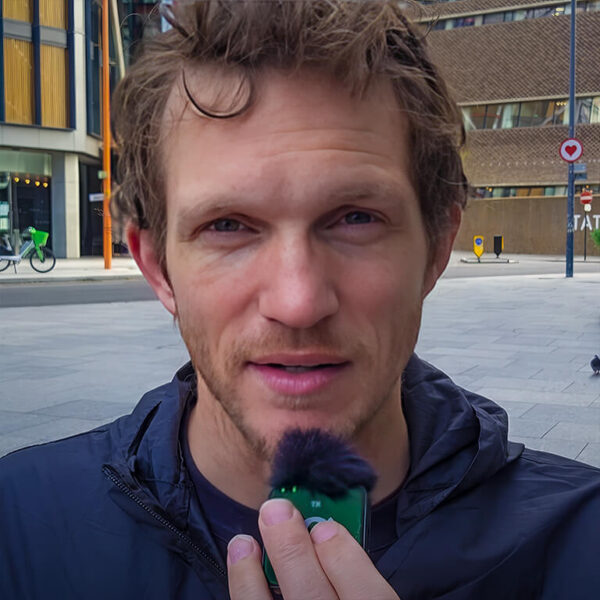
How To Have A More Attractive Voice
So, how do you speak with a more attractive voice?
This week, I’ve been undergoing a one-week intensive acting course at RADA in London, one of the top acting schools in the world. The reason why I find voice so interesting is because in the past, I’ve worked with many vocal coaches, and I never really had enough breakthroughs with how I speak.
Often, I’d lose my voice. I’d get tense without realizing it. But part of my Meisner course included a voice session, and it was unbelievable. I didn’t know that acting voice coaching is very different from public speaking coaching. Acting voice training is more about authenticity, accepting your voice as it is, and then learning to expand on it.
What I want to do today is take you through the exercises we did yesterday, because they were fascinating.
Why Acting Voice Coaching Feels Different
I’ve worked with public speaking coaches before, but acting training at RADA immediately felt different. It’s not about trying to sound polished or fake. Instead, it’s about being authentic and expressive.
For example, one of the first things we did was surprisingly simple. We began with a ball-throwing exercise. You’d throw a ball to someone while saying your own name. Then another ball was added, and you’d say the name of the person you were throwing to. Then a third ball was introduced, and you had to say the name of the person they needed to throw it to.
It sounds unrelated, but what it does is get you present, connected, and in the moment. That foundation prepared us for the voice work that followed.
Speaking Shakespeare with Power
Once we were warmed up, we moved on to a Shakespeare scene: Constance from King John, Act 3, Scene 4. The instructor explained something that immediately changed the way I think about speaking.
He told us that in Shakespeare, the first word and the last word of each line are the most important. They carry the most weight.
For example, here’s a line:
“I am not mad. This hair I tear is mine.”
Read flatly, it sounds like this:
“I am not mad. This hair I tear is mine.”
But now imagine emphasizing and “throwing” the first and last words, almost like throwing that ball we used earlier. It becomes:
“I am not mad. This hair I tear is mine.”
Do you hear the difference? It’s more engaging, more alive.
The instructor also told us to express each word fully. If I did that same line with full expression, it would sound like this:
“I am not mad. This hair I tear is mine.”
It changes the meaning. It has more depth. And when you combine both principles—throwing words with intention and fully expressing each word—you end up with a voice that commands attention without forcing it.
That, to me, is the beginning of learning how to speak with an attractive voice.
Adding Texture to Everyday Speaking
Now let’s bring this into everyday life.
Imagine you’re speaking to a woman you want to compliment. Normally, you might say something like:
“Excuse me, I was just walking past and I noticed you had really beautiful hair.”
It’s fine, but flat. There’s no texture.
Now let’s add what I learned. If I highlight the word “beautiful” and give it more energy, it becomes:
“Excuse me, I was just walking past and I saw you had beautiful hair.”
Suddenly, it lands differently. The compliment feels warmer, more genuine, more attractive.
The takeaway is simple: when speaking, identify the most important words. Slow down on them, extend them slightly, and imagine throwing them to the person listening. This adds rhythm, texture, and emotional weight to your communication.
Why This Feels Authentic
One of the things I love about this acting approach is that it’s not about faking it.
Before, I used to think people who spoke in this engaging way were putting it on, like they were pretending. But I realized I was wrong. This way of speaking comes from emoting from the inside. It’s about sharing something valuable with the listener.
If you fake it, people can tell. But if you speak authentically, selecting your words with care and giving them energy, people feel it.
That’s the core of how to speak with an attractive voice—it’s about connection, not performance.
Discovering the Root of My Own Voice Issues
Now, something unexpected happened after the class. My throat was sore. I realized the tension I’d carried the day before had tightened my voice.
So, I asked myself: why is my neck tight? How is this serving me?
That question brought up a memory I had repressed. When I was around seven years old, a teacher once called me up in front of the class and told me to sing. I said I didn’t know how, but he insisted. I tried, and he laughed. Then the whole class laughed.
That memory explained a lot. Why I sometimes lose my voice. Why I feel tension when speaking under pressure. My body had learned to protect me by shutting down my voice.
And this connects to something bigger. Often, the problems we carry—whether it’s with our voice or in another area of life—are serving a purpose. They’re keeping us safe.
But growth requires us to face those moments and release them.
Speaking With Rhythm and Freedom
Another fascinating exercise we did was working in a circle with the Shakespeare lines. One person would start:
“I am not mad” — then tap.
The next person would continue:
“This hair I tear is mine” — then tap again.
We went around the circle, passing the rhythm of the monologue from person to person.
What this taught me is that voice is not just about words, it’s about rhythm. When you speak with rhythm and flow, your voice becomes more magnetic. People feel pulled in.
This is another key to how to speak with an attractive voice: learn to add rhythm and freedom. When your words have movement, they carry emotion and land with greater impact.
Accepting Your Voice as It Is
Many people dislike their voice. I’ve struggled with this myself. Sometimes I don’t like how I sound.
But what I learned through this course is that your voice isn’t fixed. It’s not just the sound you hear when you play back a recording. Your voice has multiple layers, and you can access different parts of it depending on how you feel and how you express yourself.
So if you don’t like your voice right now, that’s okay. It doesn’t mean you’re stuck with it forever. It means you haven’t yet unlocked the parts of your voice that can feel authentic, free, and attractive.
This is why I say learning how to speak with an attractive voice is a journey. It’s not about perfection, it’s about opening yourself up to new levels of expression.
Why Tension Blocks Your Voice
One of the biggest lessons I learned is that tension kills expression.
When my throat tightened after the class, I realized that years of unprocessed memories had created a physical reaction in my voice. The moment I felt judged or pressured, my voice would shut down.
And here’s the thing: if you feel tension in your voice, it’s not random. It’s your body protecting you. The problem is that this “protection” stops you from expressing yourself fully.
So if you want to know how to speak with an attractive voice, part of the journey is learning to release that tension. It’s not just about exercises. It’s about asking yourself the deeper questions:
Why does my voice shut down?
What memory or fear is this protecting me from?
What would happen if I allowed myself to fully express my words?
These questions are just as important as the technical training.
Why Not Everyone Wants to Learn
Something I found interesting during the course is that not everyone was open to learning these lessons.
For example, I was explaining bilateral stimulation to someone—a tool I use to process tension and memories—and it went completely over their head. Almost like they didn’t want to hear it.
This made me realize that sometimes people hold on to their problems because those problems serve them. Their voice issue, or their fear, or their tension—it gives them safety. And until they’re ready to let it go, no amount of advice will land.
That was a powerful realization for me. As a coach, I often want to help people. But the truth is, you can’t force someone to learn. You can only share your lessons with people who are open and willing.
Save Your Voice for the Right People
This brings me to an important takeaway. Don’t waste your words on people who aren’t ready.
If you’ve spent years working on yourself, why give those lessons away to people who don’t want to hear them? Save them for the people who value them.
That’s one of the reasons I create video content. Because here, I know the people watching are curious, open, and ready to learn.
So if you’re someone who wants to know how to speak with an attractive voice, remember this: the audience matters. Speak to those who are willing to listen. That’s when your words carry the most impact.
Preparing Yourself to Speak Attractively
One of the most useful things I noticed during the RADA course was how people prepared themselves before speaking. Each morning, the instructor would ask us to check in with ourselves and say out of 100 how we were feeling.
Most people would say 55, 65, maybe 70. But I would say 85 or 90 because I prepared for the day. I got there early, had a coffee, and mentally put myself in the right state.
And this matters. If you want to know how to speak with an attractive voice, preparation is key. If you walk into a conversation at 50%, your words will lack energy. If you walk in at 90%, your words will carry power.
It’s not about faking enthusiasm. It’s about choosing to be ready, choosing to set yourself up for success.
Why Most People Undervalue Their Power
What struck me was how many people seemed afraid to admit they felt good. They’d rather downplay their energy than risk standing out.
But if you want to grow—if you want to truly develop an attractive voice—you can’t hide in the middle. Most people live between 50 and 70 percent. The real growth happens when you push into the 80 to 100 range.
When you operate there, you not only grow faster, but your voice naturally becomes more expressive, confident, and attractive.
So one of the best lessons you can take away is this: stop undervaluing yourself. Own your energy, bring it forward, and let it resonate in your voice.
Speaking With Authentic Power
At the end of this week, I feel completely changed. Not because I forced my voice to sound a certain way, but because I learned to release tension, add rhythm, and throw my words with intention.
How to speak with an attractive voice is not about learning tricks. It’s about authenticity. It’s about using your real voice in a way that feels free and alive.
When you do that, people listen differently. They feel your words. And more importantly, you feel connected to what you’re saying.
The Hero’s Journey of Your Voice
Looking back, this week feels like a miniature hero’s journey. You step into the unknown, you face the tension, you meet the challenges, and you come out the other side transformed.
I’ve been a public speaker for many years, but this course reminded me that growth never stops. There’s always more to learn.
So if you’ve ever struggled with your voice—if you’ve disliked how you sound, if you’ve felt tense when speaking, if you’ve lacked presence—the good news is this: your voice can change. You can learn how to speak with an attractive voice.
But it takes commitment. It takes practice. And it takes the courage to face the parts of yourself that have been holding you back.
Final Takeaway: Commit to the 80–100% Zone
If you take just one lesson from my experience at RADA, let it be this:
Most people live and speak at 50 to 70 percent. Safe, comfortable, flat. But if you want to be magnetic, if you want to learn how to speak with an attractive voice, you need to commit to operating at 80 to 100 percent.
That’s where growth happens. That’s where your voice becomes alive. And that’s where people feel your presence.
Prepare for success. Embrace rhythm. Throw your words with intention. Release your tension. And speak with authentic power.
That’s the real path to an attractive voice.
Written by Gary Gunn
I coach men to build real self-confidence so they can meet, attract and date the women they truly desire.
My coaching is practical, real-world and focused on lasting behavioural change.
Learn More About My Coaching
👉 My Books


